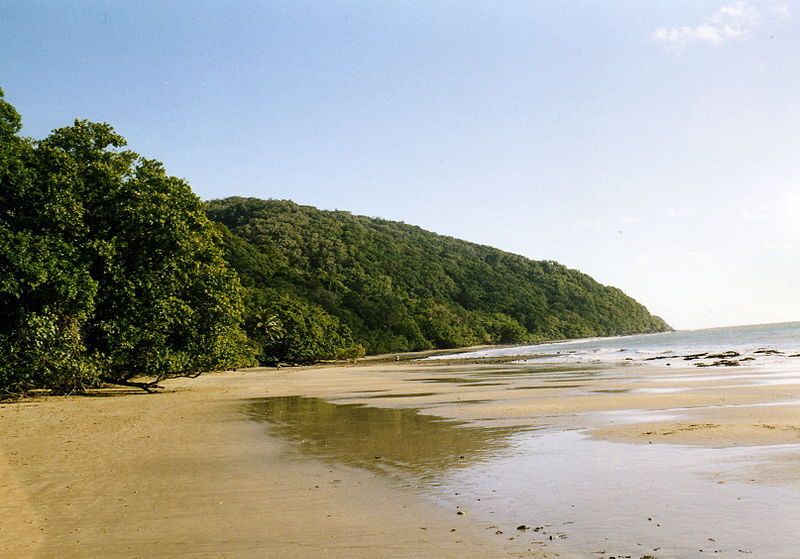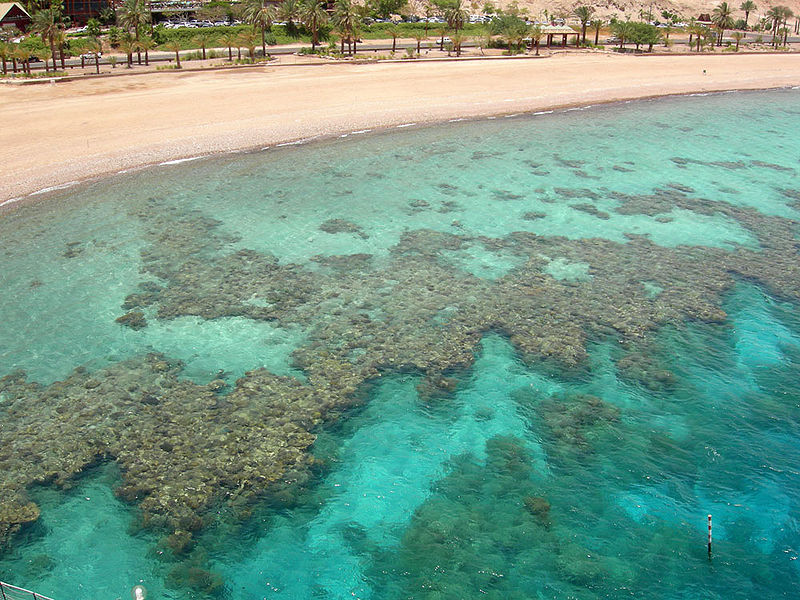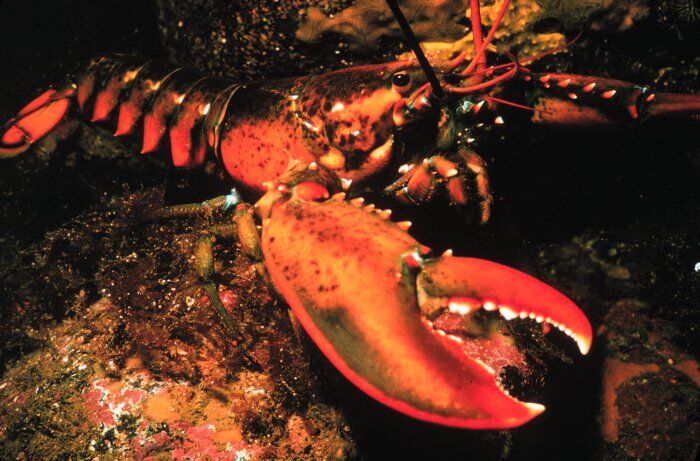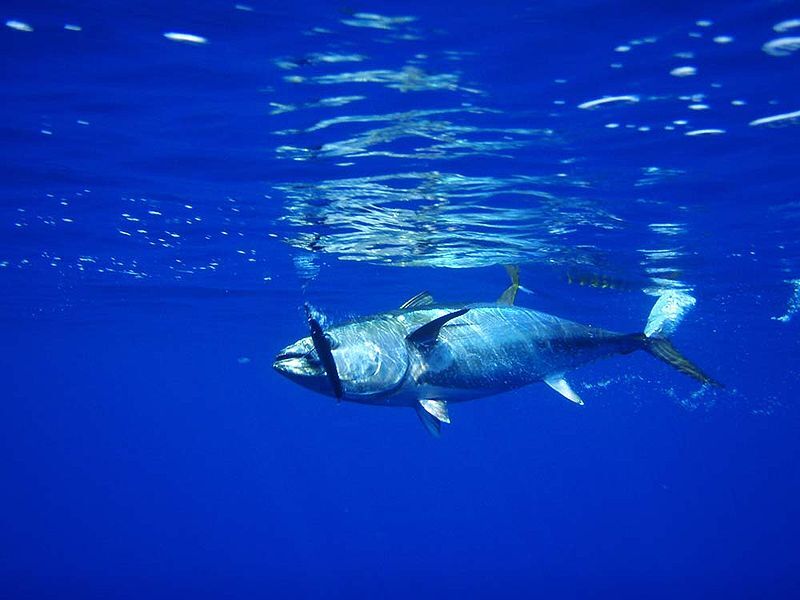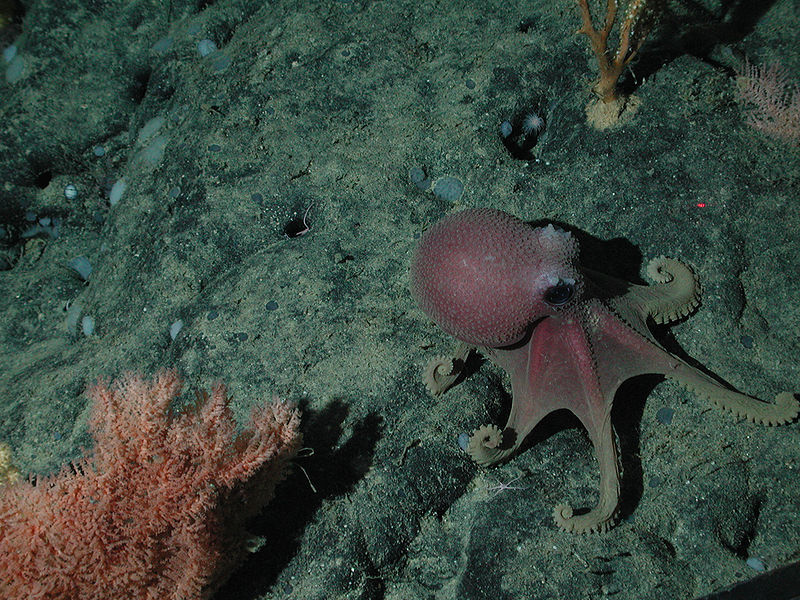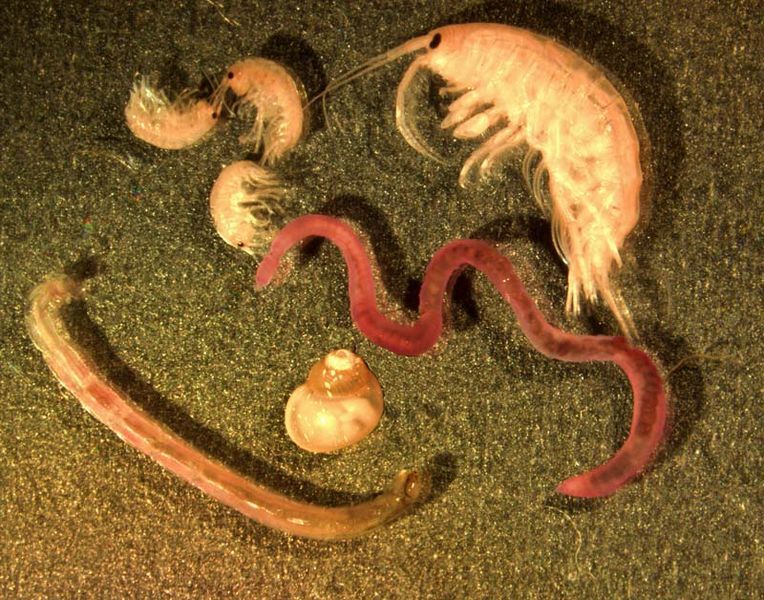Aquatic Biomes
An aquatic biome is a large community of living organisms that are distributed in bodies of fresh water (freshwater biomes) or salt water (marine biomes).
There are two main types of aquatic biomes, defined according to their salinity. A distinction is thus made between marine biomes and freshwater biomes. Marine biomes include all the environments where there is what is known as salt water, in other words, bodies of water where the salinity is greater than 10 g/L. The average salinity of these biomes is approximately 35 g/L. Freshwater biomes are characterized by a salinity of around 1 g/L. Each of these biomes is home to unique species that are adapted to the salinity of the water.
Freshwater Biomes
Freshwater biomes include all flowing, stagnant, and continental waters with a salinity generally below 1 g/L.
Despite occupying less than 1% of the Earth's surface, they are still home to a great diversity of species. They are extremely influenced by their neighbouring terrestrial biomes. Freshwater biomes include the regions described below.
Lakes
Lakes are large bodies of water surrounded by land.
They are, therefore, strongly influenced by the vegetation and the type of soil that surrounds them. Lakes are divided into different zones according to their depth. The littoral zone, which corresponds to the submerged shores of the lake, provides a living environment for several aquatic plants and algae, either fixed or floating. The superficial zone, far from the shores, is well lit by sunlight, which allows it to shelter plankton and many fish. The deep area is dark since it is below the limit of light penetration. In addition, this area is cold and poorly oxygenated. Many microorganisms and decomposer invertebrates can be found there.
Wetlands
Wetlands are bodies of standing water that often form a transition zone between terrestrial biomes and aquatic biomes.
They include, among others, ponds, marshes, swamps, and peat bogs. Wetlands play an important ecological role since they retain water and filter it through their abundant vegetation, consisting of mosses, algae, and plants such as cattails and cedars.
Waterways
Waterways (rivers, brooks, etc.) are characterized by their current, the speed of which can vary depending on the relief, weather conditions, and seasons.
The flora and fauna found there vary according to the nutrient content of the waterway. In still waters, communities of living organisms are similar to those found in lakes. In flowing waters, the strength of the current limits the presence of plants and plankton. Some fish can swim against the current, such as trout and salmon, to reach quieter areas.
Deltas and Estuaries
Deltas and estuaries are transition zones between freshwater biomes and marine biomes located at the mouths of rivers.
These areas are very rich in nutrients and sediments, which make these feeding and breeding grounds for many species, in both fresh and sea water.
Marine Biomes
Marine biomes include oceans and seas, waters with a salinity generally of 35 g/L.
They are more abundant than freshwater biomes since they cover nearly 71% of the Earth's surface. The distribution of living organisms in these biomes is extremely variable since it depends both on the water depth and its proximity to the coasts. In marine biomes, there are generally five zones, corresponding to oceanic divisions, which are described below.

Oceanic divisions
Littoral Zone
The littoral zone is the boundary between the land and the aquatic environment.
It is permanently subjected to the movement of the tides and the waves. Depending on the composition of the littoral bottom (rocky, sandy, or muddy), this zone is inhabited by stationary animals (mussels, barnacles) or burrowers (worms, clams), by fixed algae and semi-aquatic plants.
Neritic Zone (or Coastal Waters)
The neritic zone, also called coastal waters, corresponds to the zone of shallow waters (less than 200 m) located along the coasts of the continents.
This area rests on the continental shelf of the Earth's crust. It can be covered with algae and seaweed up to about 100 m deep since a sufficient amount of light penetrates to this depth. Rich in nutrients due to the proximity of the continents, coastal waters are particularly rich in plankton, invertebrates (crabs, lobsters, squid, etc.), and fish (herring, sardines, cod, etc.). These waters contain 90% of all marine species, making them important fishing grounds.
Coral Reefs
Coral reefs consist of a neritic zone located in warm and shallow waters.
They form a separate biome often located near volcanic islands. Reefs are underwater limestone structures built by coral colonies, marine invertebrates that live in symbiosis with microscopic algae. Coral reefs provide a habitat for a great diversity of invertebrates and fish. Their biodiversity is comparable to that of tropical rainforests.
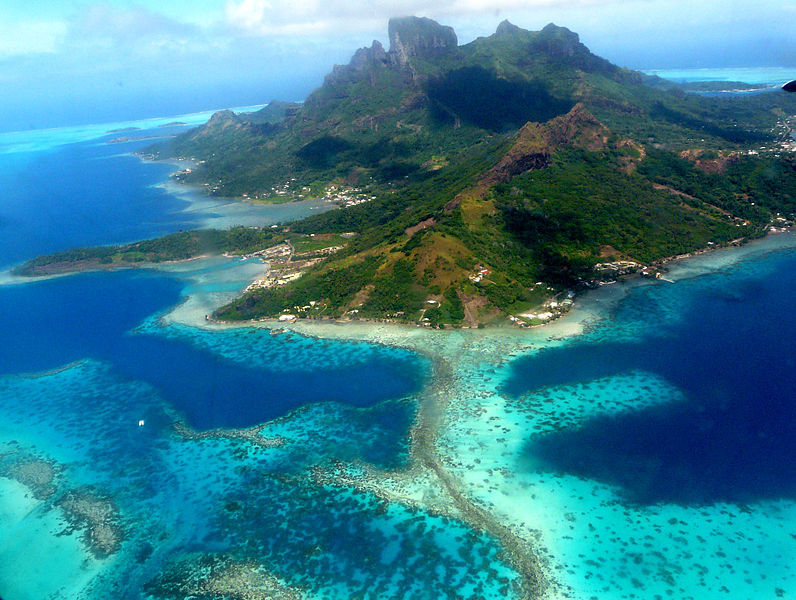
Coral reef surrounding Bora Bora
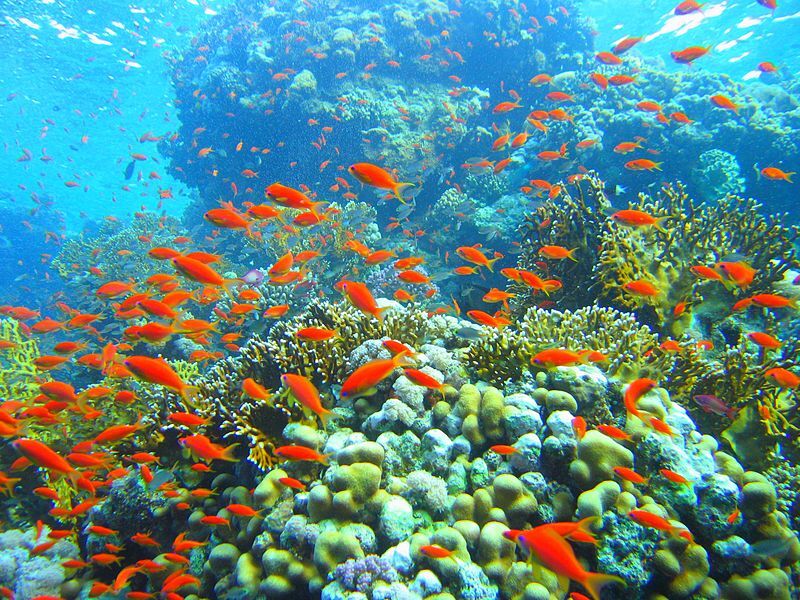
Fauna of a coral reef
Pelagic Oceanic Zone
The pelagic oceanic zone represents nearly 90% of all marine waters, since it corresponds to the entire volume of water located off the neritic zone.
Despite this geographical abundance, it contains only 10 of marine species, mainly concentrated in the surface area, where phytoplankton grows as a result of solar ray penetration. The phytoplankton of the oceanic pelagic zone provide nearly 40% of the biosphere's photosynthesis. The deep and darker part of the oceanic pelagic zone is low populated, although some species of fish pass through or live there.
Oceanic Benthic Zone
The oceanic benthic zone includes all the seabed, from the continental shelf to the great depths of the abyss.
Most of this area is below 1 \000 m in depth, in complete darkness. Varied in relief, the seabed is covered with a thick layer of mud and sediment. Microorganisms and certain invertebrates adapted to extreme conditions (cold temperatures and very high pressures) can be found here, feeding mainly on detritus coming from the pelagic zone.


























































